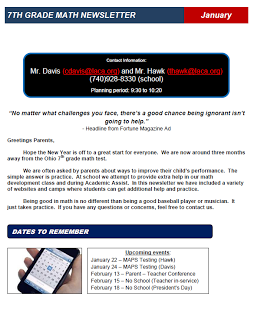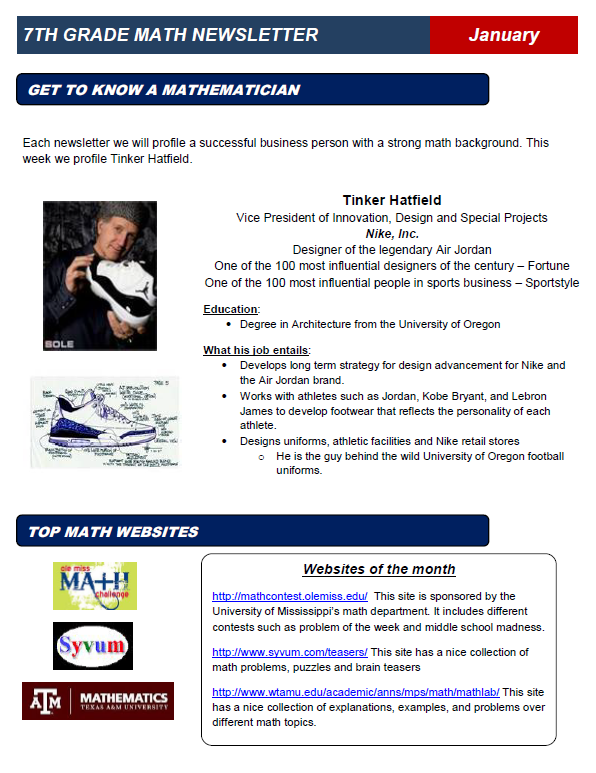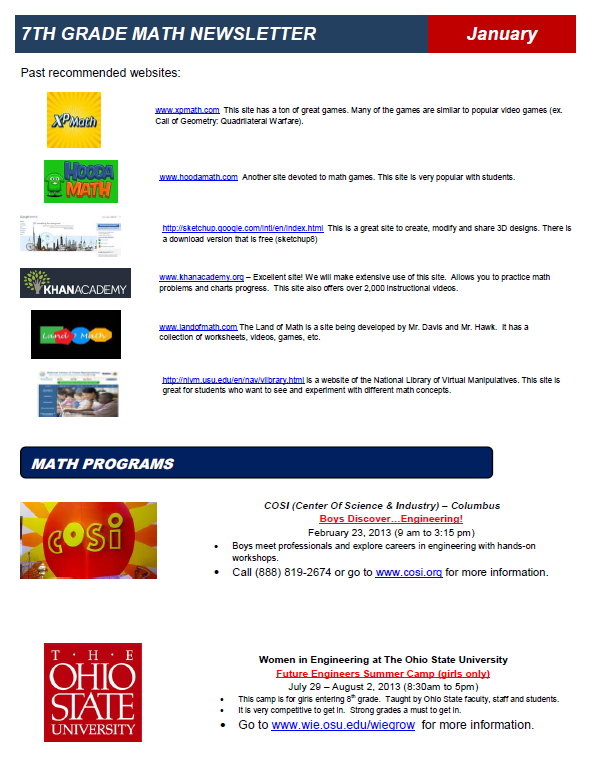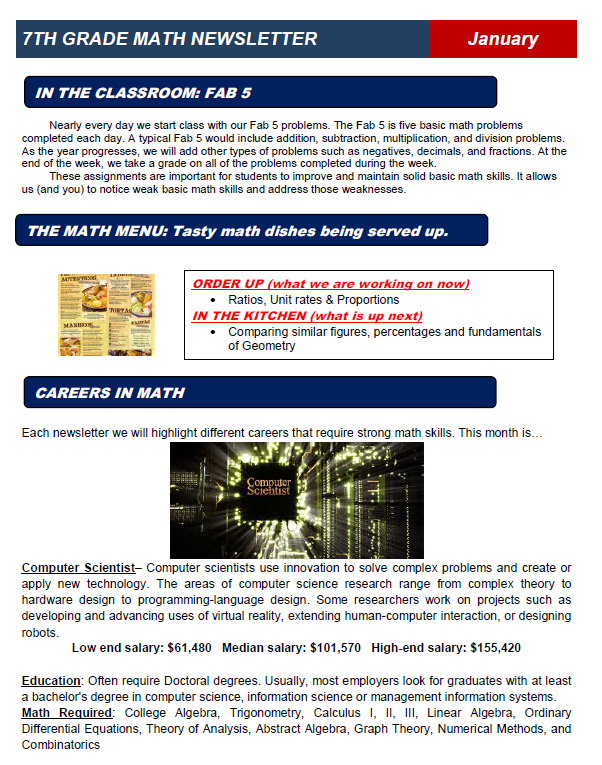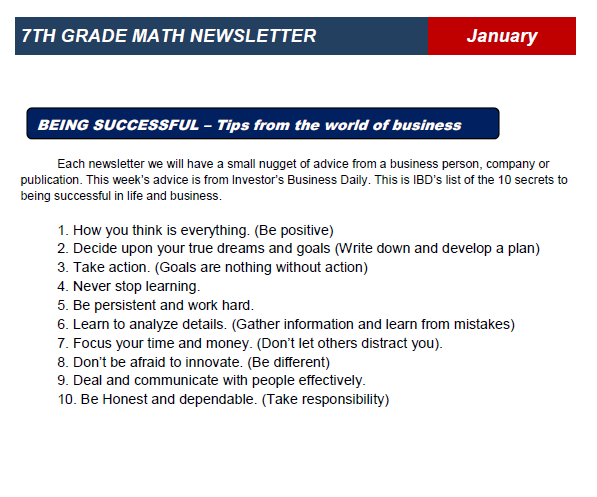Prang Power!
/If you work at any school in America I sure you are well aware of the Box Tops for Education Program. It's a super program and provides a lot of great resources. At most school I've been to the Box Top program is done as a school wide fundraiser. This certainly makes sense, there is strength in numbers.
But what if you are a teacher and you are looking for an easy way to earn free items for your class? You don't want to do the Box Tops for just your class because that would undermine your schools efforts. It would be nice to find something that the other teachers in your building are not doing. The answer: PRANG POWER
What is Prang Power? Prang Power is an educational program created by Dixon-Ticonderoga the pencil company (which includes all Dixon, Ticonderoga, Lyra, & Prang products). Very few teachers are even aware of this program (I am the only person at our district). So how does this program work?
Step 1 - Sign up for the program
Signing up is easy and free. Just go to www.prangpower.com and sign up for the program. The whole process takes less than 2 minutes.
Step 2 - Collect UPC Codes
This is real easy to do at the start of the school year. Many of your students are going to have brand new boxes of pencils. Simply ask them if you can have their UPC codes. Most students are glad to get rid of the boxes.
Ask you fellow teachers. Just like the students, teachers are loading up on pencils, chalk and other school supplies at the start of the year. Make the rounds at your school. Again most of the teachers are happy to get rid of their boxes.
Check in with your administration (this includes the secretaries). Often your school will purchase large amounts of pencils for testing and general use. Just like the kids and teachers, they are happy to get rid of their boxes.
Bonus Points - You can earn bonus points from prang for different things such as mentioning Prang Products on your school supply list.
Step 3 - Mail in UPC codes
As you collect UPC codes you can mail them to the Prang Program. Each UPC code has a point value approximately equal to the suggest retail price. So a $5 box is worth about 5 points. Prang will keep track of your points as you send them in.
Once you have earned 300 points you can begin cashing in your points for pencils, art supplies and other items.
Step 4 - Cash in your points for free Product.
At the start of this school year we received nearly 500 free pencils as the result of this program and we are close to getting more!
Todd Hawk is a middle school math teacher and the Founder of the Land of Math LLC (www.landofmath.com). You can reach him at landofmath2@gmail.com or follow him on twitter: @landofmath2.



